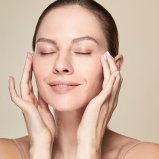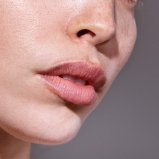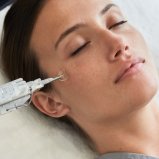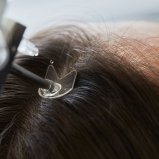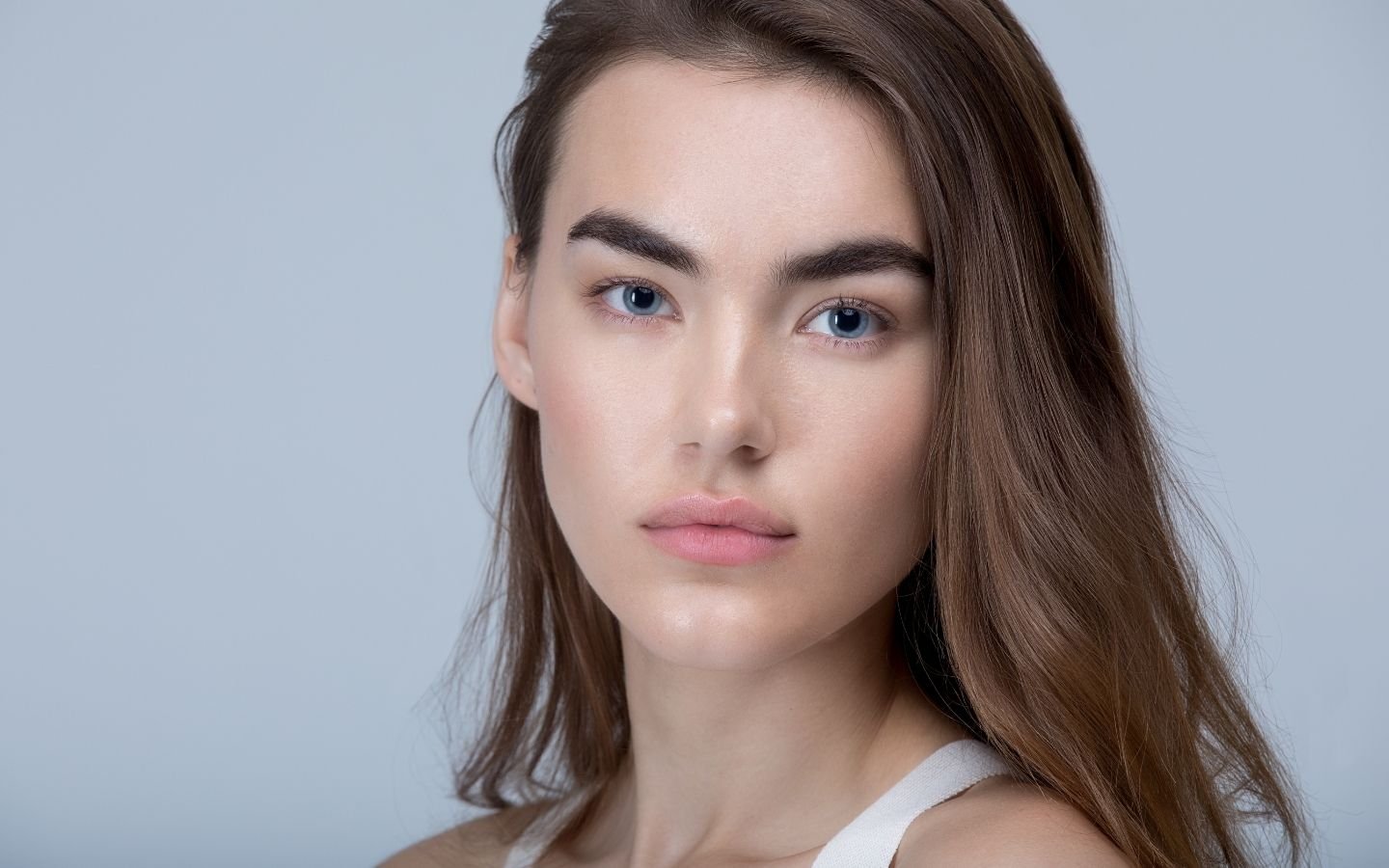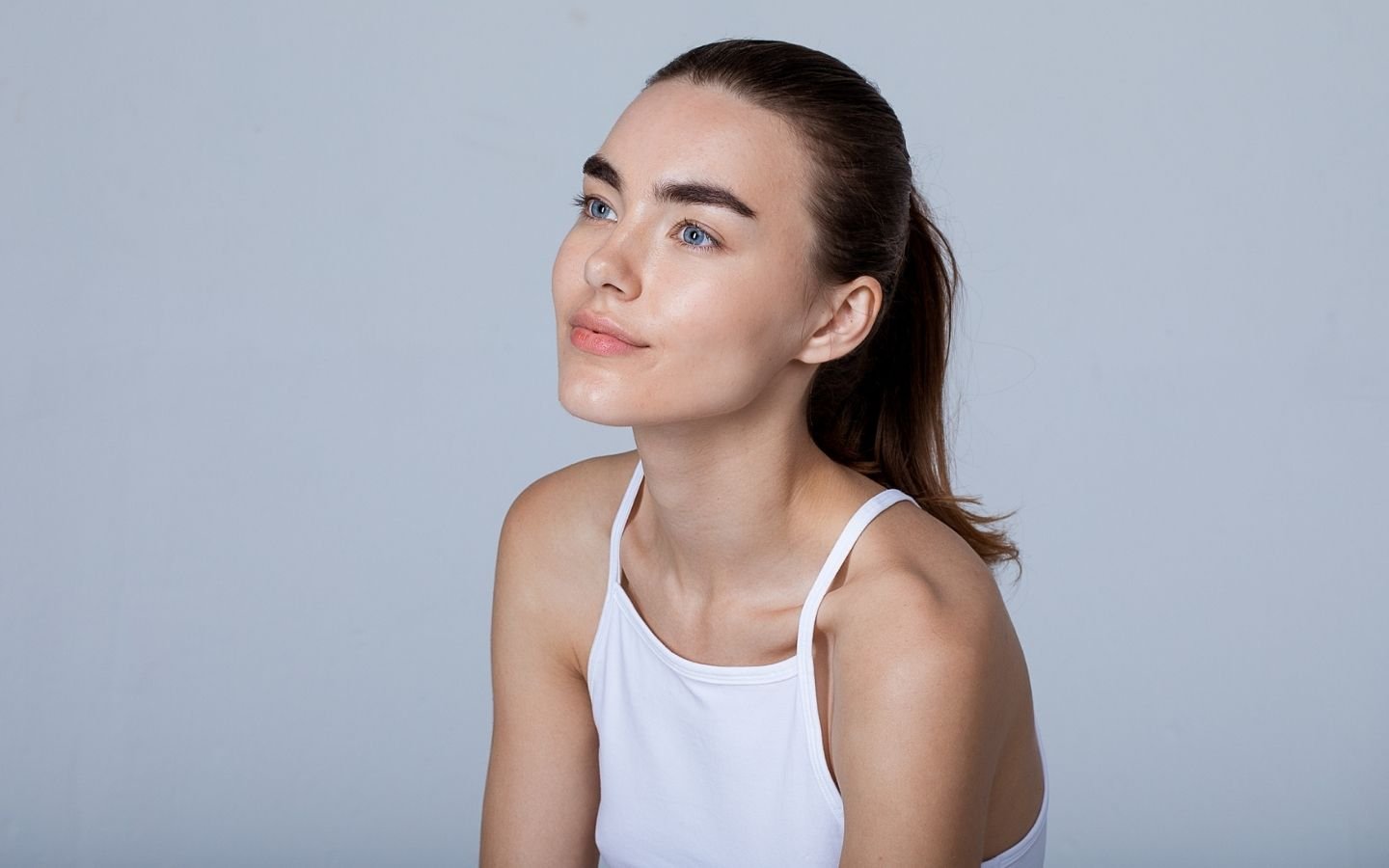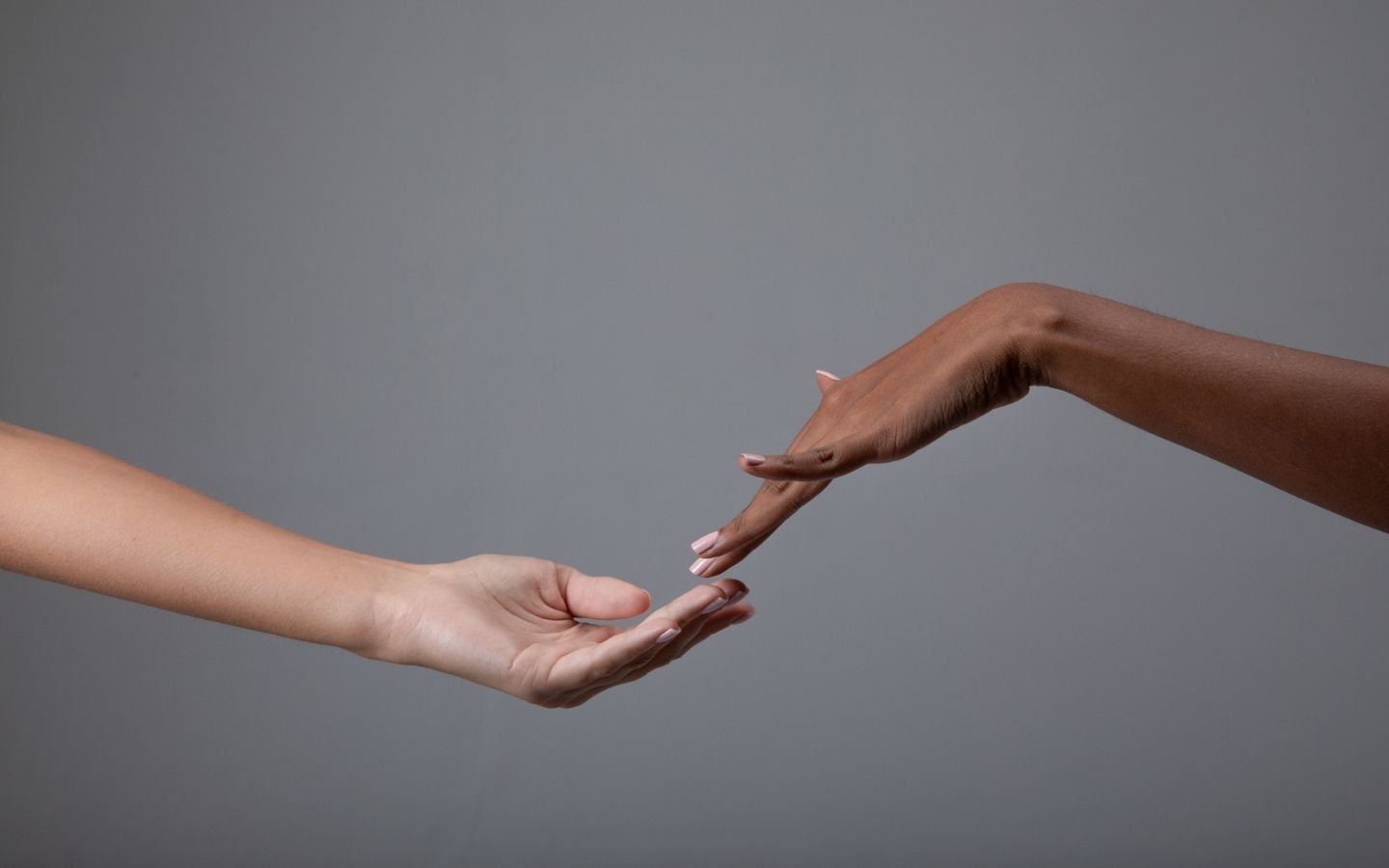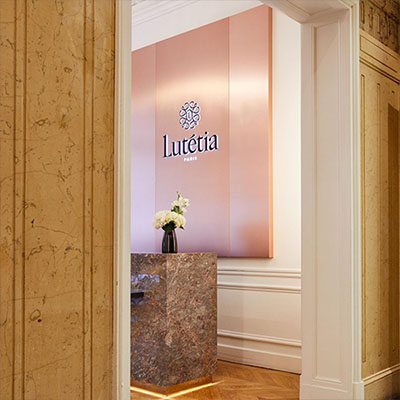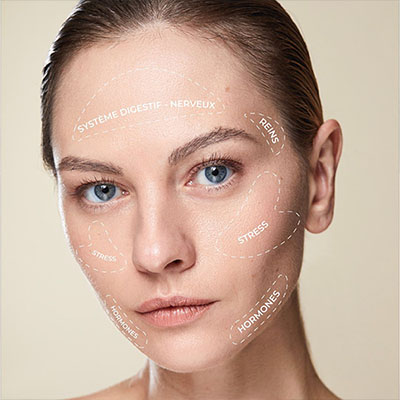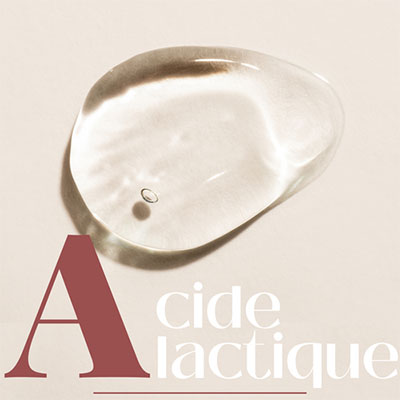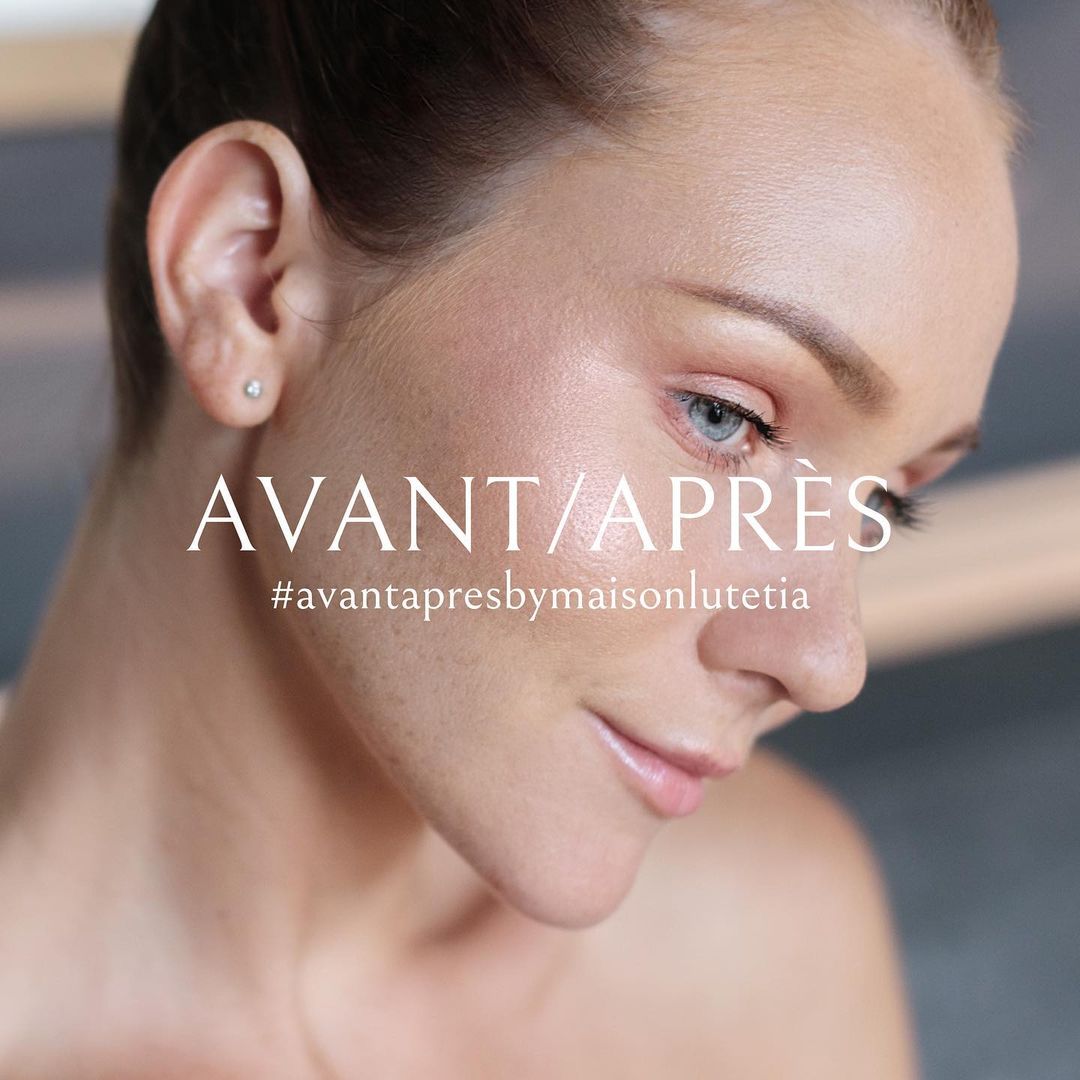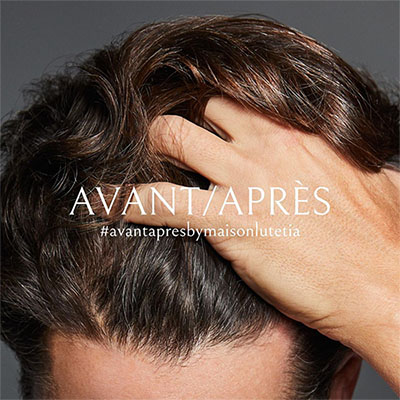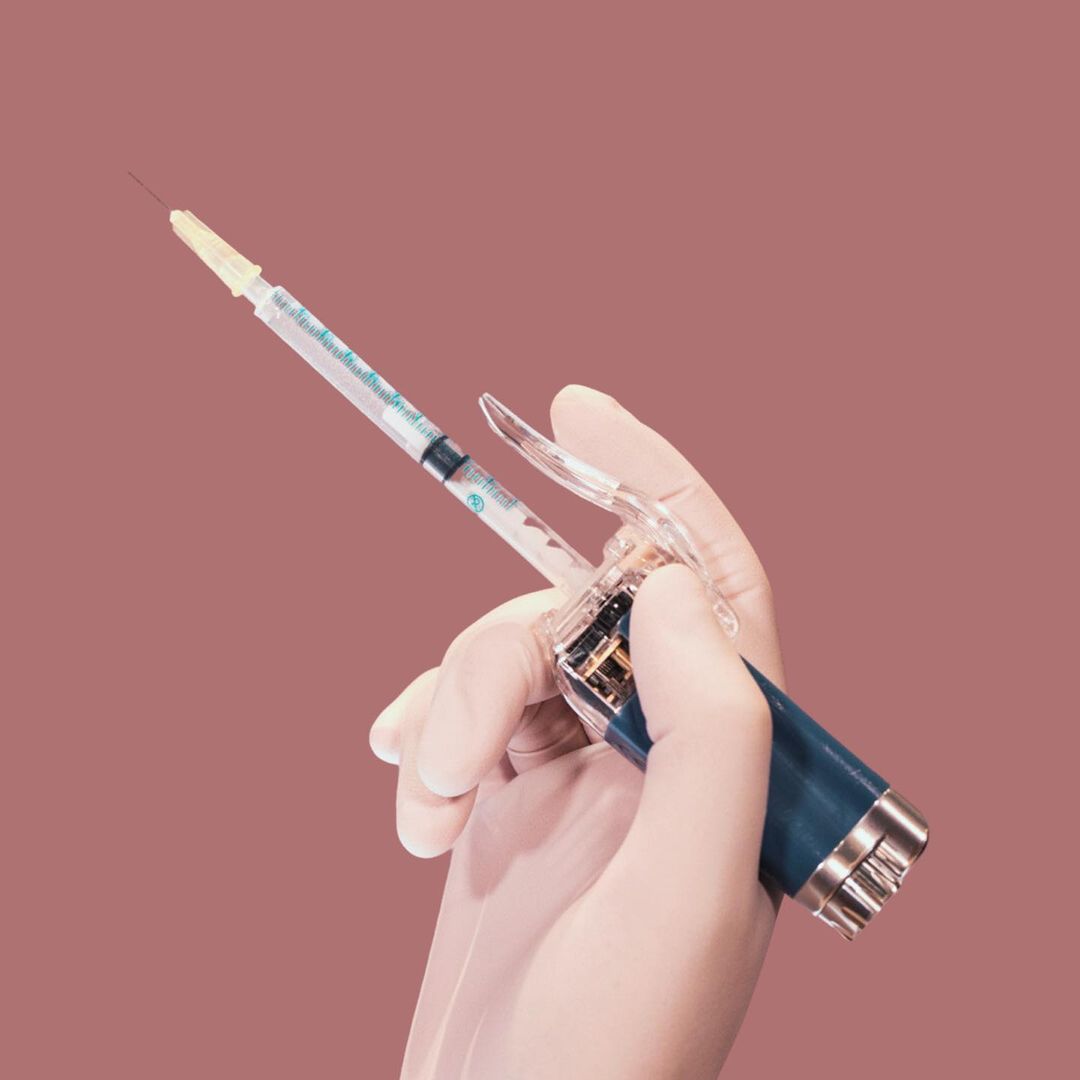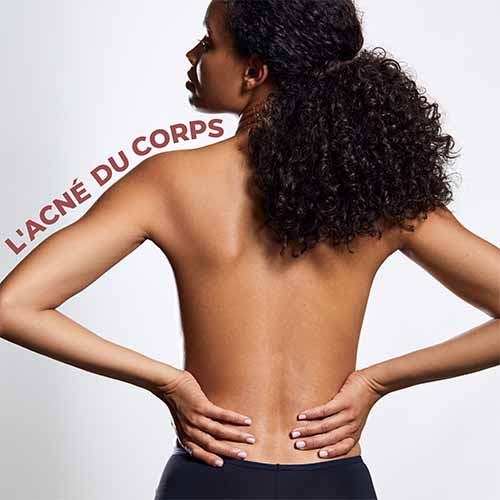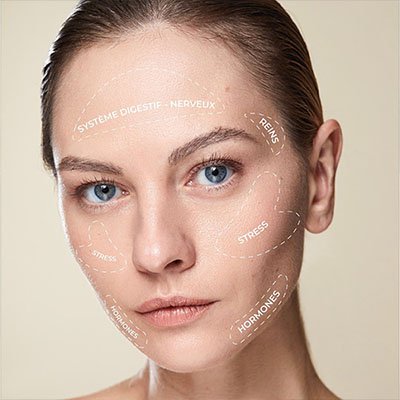Acne scars generally appear after inflammatory acne, when a pimple or wound does not heal properly and there is insufficient formation of connective tissue. As a result, the scar develops beneath the skin, leaving a small indentation visible. These marks left behind are also known as scar stigmata.
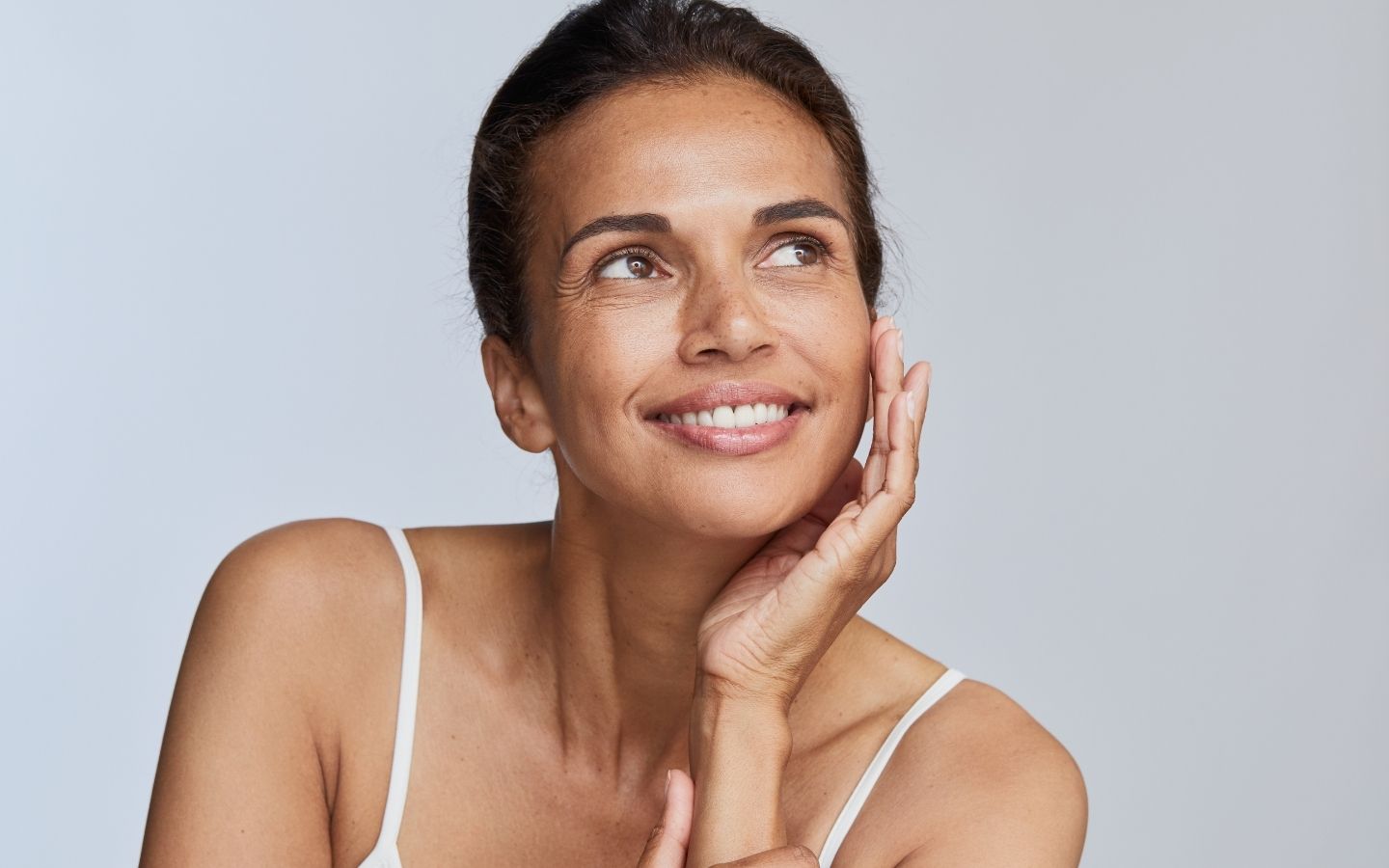
Adult acne scars
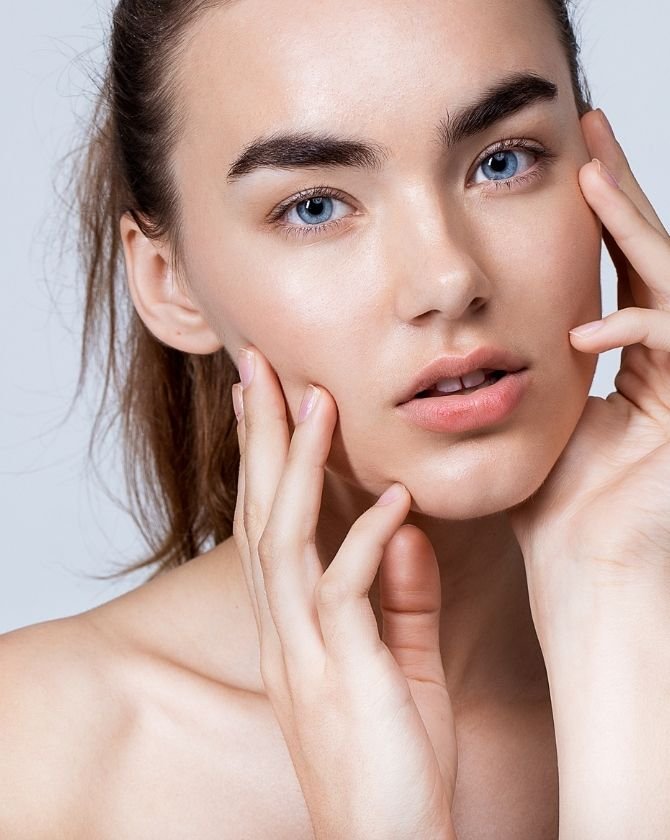
Understanding acne
What is it? It is a chronic inflammatory disease, likely genetically determined, of the pilosebaceous follicle. It is a common dermatosis that affects nearly 70% to 80% of adolescents and about a quarter of adults. It involves several abnormalities: an overproduction of sebum, oily secretion caused by sebaceous glands and hormone-related, follicular canal obstruction slowing down sebum elimination, and inflammation due to proliferation of microbial agents. Lesions and other red and pigmented marks may appear on the face (especially on the sides of the nose), back, and chest. If pimples are touched, squeezed, or manipulated, they can leave scars on the skin.
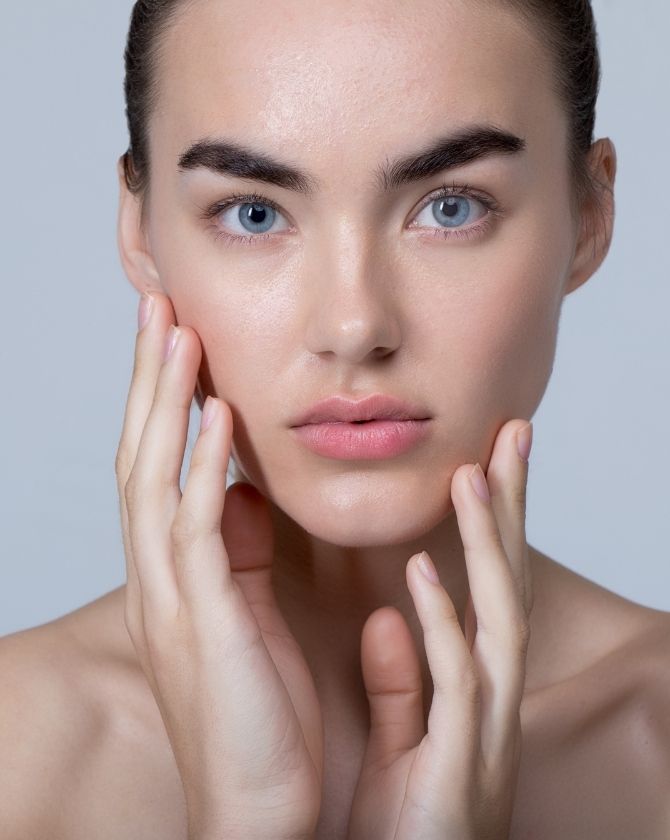
Different types of acne
By age
Neonatal acne
It concerns newborns in the first months of life and manifests as pustules and microcysts on the face, especially on the forehead, cheeks, and chin.
Infantile acne
It is characterized by small raised red bumps on the skin of the face. Infantile acne is linked to the stimulation of sebaceous glands, resulting in an excess of sebum production. At birth, the skin may not have yet found its balance.
Common acne
It develops during adolescence and involves the formation of comedones, pustules, nodules, and/or cysts on the face and upper trunk, caused by skin obstruction and inflammation.
Late acne
It affects adults, typically women at menopause, or individuals who had significant and early acne around 10 or 12 years old. Smoking and hormonal disorders are aggravating factors.
By type
Comedonal acne
It is a mild acne affecting a majority of teenagers and young adults. It is characterized by non-inflamed pimples and blackheads, which are few in number and localized on the T-zone (forehead, nose, and chin). These appear in response to hormonal changes (puberty, menstrual cycle, pregnancy), with fatigue and stress exacerbating factors. Comedonal acne is easily treatable with sebum-regulating treatments and good lifestyle habits. As a result, scars and marks can be easily avoided.
Papulopustular acne
It is moderate acne that generally affects adolescents. It is characterized by a combination of papules, which are persistent skin elevations, and pustules, which are small, yellowish-white bumps under 5mm in size, appearing on the forehead, nose, and cheeks due to inflammation from follicular obstruction. Papulopustular acne can leave scars and hyperpigmentation.
Nodular or conglobate acne
This is a severe form of acne that affects about 15% of people with acne, more often boys than girls, with a family history of severe acne. It manifests on the face, as well as on the back, chest, shoulders, and buttocks, with red bumps larger than 5mm in diameter, nodules, cysts, and abscesses, which often leave scars.
Acute nodular acne (fulminant acne)
This is a severe and rare form of acne with a sudden onset, characterized by the proliferation of inflammatory nodules that can transform into necrotic and hemorrhagic ulcerations, typically on the face and forehead. Acne scars are very common in this condition.
Acne fulminans
This is the most severe form of acne, often triggered by certain anti-acne medications such as retinoids. That's why it's important to monitor closely at the beginning of treatment, gradually increasing doses if the patient tolerates them well. Acne fulminans manifests on the face and trunk with inflammatory nodules, ulcerated, necrotic, and hemorrhagic lesions that leave scars on the skin. One particularity of acne fulminans is that it can be accompanied by muscle and joint pain, as well as fever.
Due to exogenous causes
Summer acne
It appears on the arms and chest of women aged 25 to 40 who mostly have a history of juvenile acne. Summer acne, characterized by redness and irritation, occurs after exposure to UV rays and is believed to be linked to the reaction of free radicals to cosmetics and sunscreens. It can leave scars and hyperpigmentation.
Cosmetic acne
It most often appears on the face as rough patches when the skin reacts to comedogenic substances in certain cosmetic products, which block the production of sebaceous glands and promote acne. Symptoms disappear when the use of the comedogenic product is stopped. Therefore, there is little risk of scarring.
Excoriated acne
More common in women than in men, it appears on the face and is linked to compulsive picking of pimples due to stress or other psychological issues. Excoriated acne often leaves scars because touching the pimples leads to more significant inflammation.
Hidradenitis suppurativa
It mainly appears after puberty, characterized by painful nodules affecting the armpits, groin, and anal region. It is linked to a poor immune response. There is a risk of scarring and hyperpigmentation.
Acne Mechanica
Also known as sports acne, it can affect active individuals of all ages. It is often associated with wearing synthetic clothing that traps sweat and prevents it from being released through sweat glands. This can lead to the formation of blackheads, whiteheads, and pimples on the affected areas. Scarring is rare.
drug-induced acne
It appears on the face, chest, and shoulders as painful nodules and pustules, following the use of medications containing barbiturates, lithium, corticosteroids, or due to an overdose of certain vitamins, steroid abuse, or even contraceptive pills. Also known as doping acne, it stops when the medication is discontinued, sometimes leaving scars and hyperpigmentation.
Acne venerata
Also known as contact acne, it is caused by contact of the skin with chemicals such as tar, petroleum, chlorine, or cleaning products. It manifests as blackheads on the affected areas and rarely leaves scars.
Hormonal acne
It manifests as the appearance of comedones, microcysts, papules, and pustules due to pore blockage caused by overproduction of sebum. This acne predominantly affects women, with hormone levels fluctuating during menstrual cycles, pregnancy, and menopause.
How do acne scars form?
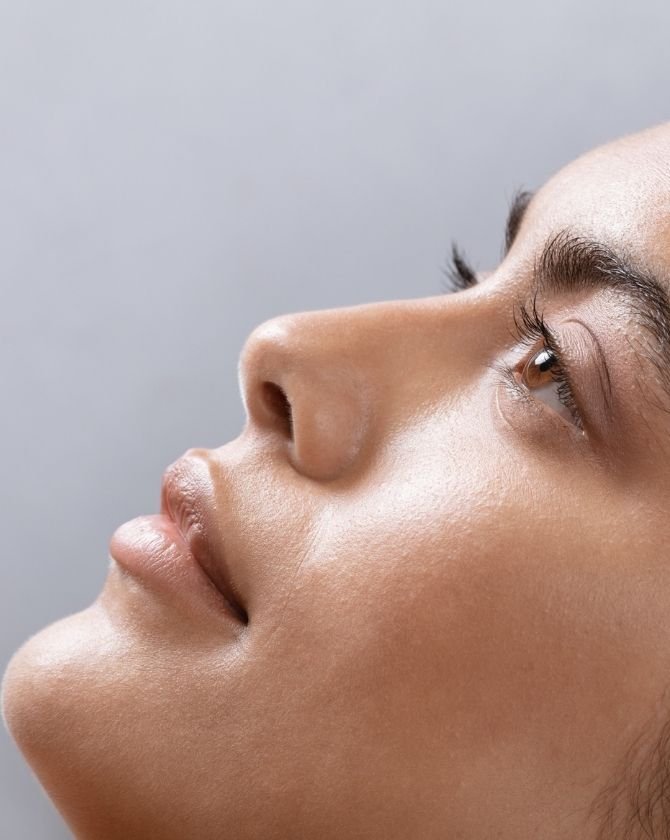
The aftermath and symptoms
The scars caused by acne vary in size, shape, color, and texture.
Different types of scars exist:
- Pigmented scars: these are red or brown.
- Hypopigmented scars: they have whitened due to destruction of melanin in the surrounding tissues.
- Hypertrophic scars: these are raised.
- Atrophic scars: these form depressions and can appear as ice pick scars (narrow), boxcar scars (U-shaped), or rolling scars (broad with sloping edges).
- Residual lesions: these resemble skin protrusions.
Especially in adolescents, acne scars can cause psychological pain, trauma, and serious complexes. Dermatological treatment alone may not be sufficient for those affected by acne; psychological support may also be necessary.
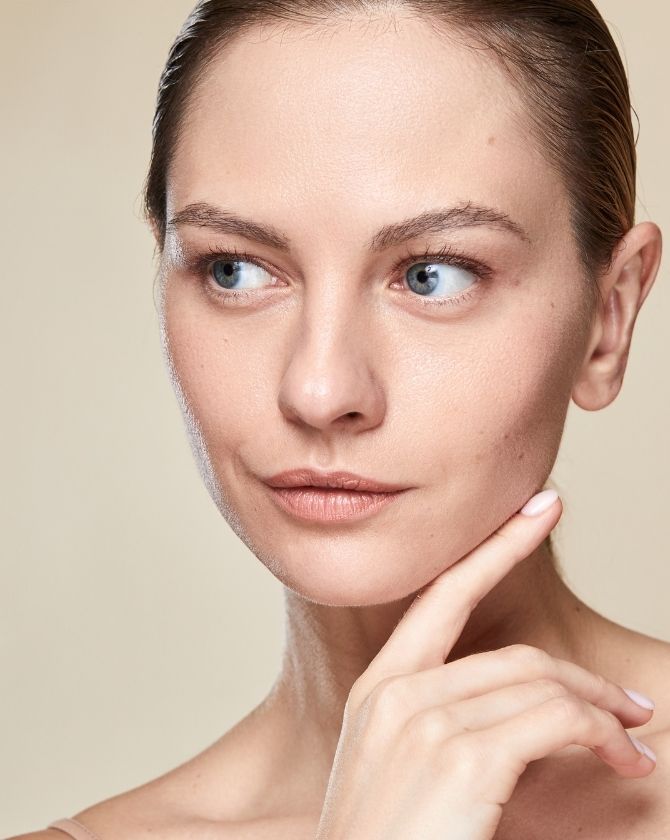
Our tips for preventing acne
Book a medical consultation
At the first symptoms (appearance of comedones, changes in skin texture...), make an appointment with a dermatologist to slow down or prevent the development of acne.
Determine your skin type
If your skin is reactive or oily, it is more prone to inflammation, imperfections, and acne than others. The risk is also influenced by heredity; you are more likely to develop acne if your parents had it.
Take care of your skin
Adopt a balanced diet, avoiding bad fats and sugar. Also avoid grainy scrubs that tend to overstimulate the sebaceous glands, and occlusive and heavy makeup that can clog and suffocate the skin. In terms of skincare, opt for gentle products with both mattifying and purifying formulas.
Do not touch your pimples
It's the best way to exacerbate inflammation and develop acne scars!
Protect your skin from the sun
Avoid the sun and protect your skin with a high SPF from the first exposure. To protect against UV rays, the skin tends to block the evacuation of sebum, causing pimples to proliferate as soon as you return from vacation!
Be cautious with essential oils
These can be beneficial for your skin, but they can also worsen its condition if used improperly. Seek advice from your dermatologist.
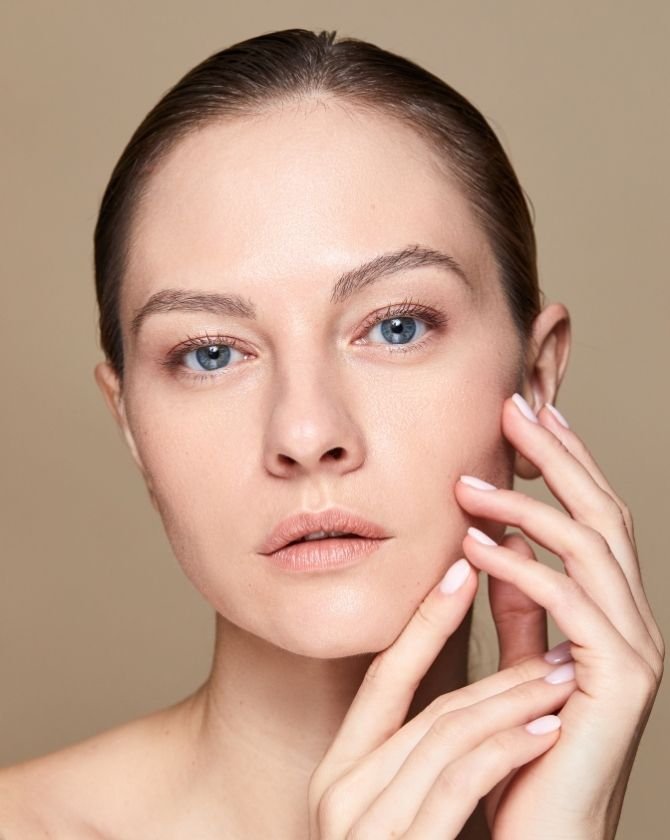
Different treatments for acne
Depending on your type of acne, and if daily skin cleansing is not sufficient, your dermatologist may prescribe different treatments:
- Topical medications
- Anti-inflammatory drugs
- Antibiotics
- Isotretinoin treatment
How to conceal acne or scars?
Acne and acne scars are difficult to conceal. Opt for a depigmenting day care with an antioxidant formula to fade discoloration. Then apply a foundation or light concealer that doesn't clog pores, matching your skin tone.
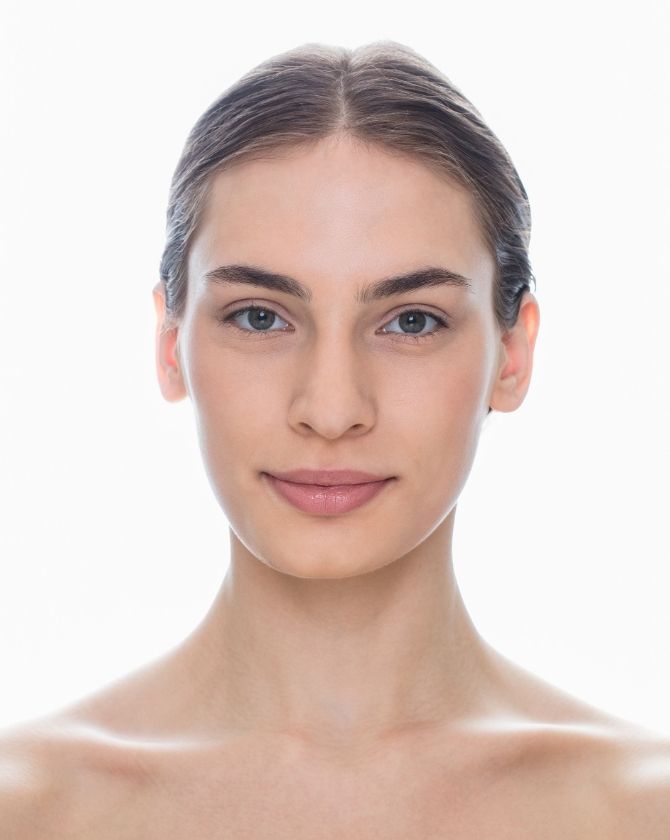
Aesthetic medicine solutions to make scars disappear
Resurfacing laser
What is it?
The micro-fractional resurfacing laser is a treatment that renews the skin through abrasion, helping to treat stubborn acne scars. This device creates micro-channels in the skin, promoting collagen production and cellular renewal, reducing acne scars. As a result, the skin quality of phototypes 1 to 3 is improved, and acne scars gradually diminish, leaving behind beautiful skin.
How many sessions?
6 to 12 sessions.
Radiofrequency microneedling
What is it?
This is an effective treatment for acne scars, utilizing a skin repair process. Using its 49 micro-needles, Radiofrequency Microneedling creates coagulation zones by heating the skin deeply to a temperature between 60 and 70 degrees Celsius. This treatment promotes tissue redensification, reduces inflammatory markers, and enhances cellular renewal, gradually smoothing out acne scars.
How many sessions?
Approximately 6 sessions, depending on the patient's needs.
TCA Peeling
What is it?
To renew the skin and reduce the appearance of acne scars, medical peeling is an effective solution. It helps exfoliate the skin and stimulate cell renewal and neo-collagenesis. Particularly suitable for marks left on the skin, TCA peeling, based on trichloroacetic acid, removes the epidermis' superficial layers and smooths out minor irregularities.
How many sessions?
According to the patient's needs, several sessions help reduce the appearance of acne scars.
Medical microneedling
What is it?
Microneedling smooths out pimples, small irregularities, and acne scars over sessions. A handheld device with micro-needles is passed over the face, and the perforations stimulate the skin's self-healing process. These micro-injuries reduce inflammatory markers, increase neo-collagenesis, and boost cellular turnover, improving the appearance of acne scars. Gradually, the skin texture improves, leaving the face looking renewed.
How many sessions?
According to the patient's needs, up to 12 sessions.
Other skin issues we can treat
FAQ
Why do we get scars after acne?
Acne scars appear once the inflammation has subsided, due to poorly healed skin. The epidermis, for instance, struggles to repair itself when you frequently touch or pick at your pimples.
How to avoid getting acne?
We are not all equal when it comes to acne. Some skin types are more prone to developing it, such as oily and reactive skin. Other factors like genetics and lifestyle can also influence the onset of acne.
How to conceal acne?
It is possible to conceal acne with makeup, although this can also worsen its condition, for example, with comedogenic formulas. Medical treatment prescribed by a dermatologist can reduce acne, and a treatment plan at Maison Lutétia is recommended if you want to reduce the appearance of acne scars.
Find us
6 Rue Ampère, 75017 Paris
